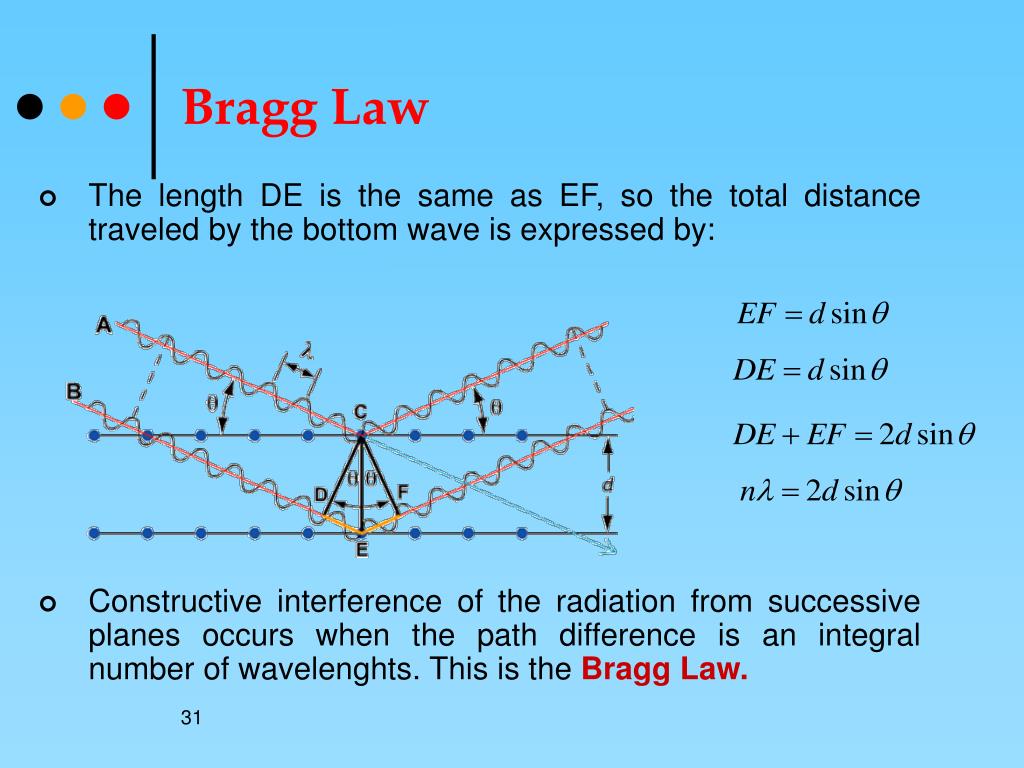

Young, “Criterion for Bragg and Raman–Nath diffraction regimes”, Appl. Phariseau, “On the diffraction of light by progressive supersonic waves”, Proc.


Carvalho, “Compression, self-bending, and collapse of Gaussian beams in photorefractive crystals”, Opt. Chimenti, “Focal shift of convergent ultrasonic beams reflected from a liquid–solid interface”, J. Tamir, “Non-specular reflection of convergent beams from liquid–solid interface”, Trait. Tamir, “Spatial modifications of Gaussian beams diffracted by reflection gratings”, J. Hoshino, “Studies on dynamical diffraction phenomena of neutrons using properties of wave fan”, J. Shull, “Perfect crystals and imperfect neutrons”, J. Shull, “Observation of Pendellösung fringe structure in neutron diffraction”, Phys. Henceforth the member ∂Ψ1/∂μcan be neglected.Ģ2.Ĝ. 58–71.Ģ1.ěecause the space harmonics Ψ1and Ψ2propagate in the direction normal to the ∇μvector, it is to be expected that the field evolution along the direction given by ∇μ will be slower than the evolution along the direction of propagation (Fig. Sobolev, Partial Differential Equations of Mathematical Physics (Dover, New York, 1984), pp. Hilbert, Methods of Mathematical Physics (Interscience, New York, 1953), Vol. For example, if the following typical values are considered-x= 0.1 m, y= 10−2m, λ0= 500 nm, ∊r′=2.25, d= 0.1 m-the term β0dtan δsin ν≫ 1 has a value of approximately 3 × 103.ġ9. The condition β0dtan δsin ν≫ 1 does not restrict the applicability of the model to the majority of devices. 29–31 below.ġ7.ěecause of the Pendellösung effect, the assumption that the reconstructed field Ψ1has a Gaussian amplitude distribution is strictly true (as is shown in Section 3) only at the beginning of the diffraction process.ġ8. For a detailed discussion of the transition between the Raman–Nath and the Bragg regimes, see Refs. For a finite crystal, there would be only partially destructive interference and hence there would be a finite nonzero diffracted intensity in directions other than exact Bragg reflection directions. It is assumed that the medium is sufficiently thick, with a high value of the dielectric permittivity modulation, to ensure Bragg behavior of the grating even in the paraxial zone. Hence, the basic geometry of the diffraction by crystals of any incident wave is essentially the same. Cooke, Volume Holography and Volume Gratings (Academic, Oxford, 1981).ġ6. Leonard, “Dichromated gelatin for the fabrication of holographic optical elements”, Appl.
#BRAGG CONDITION FOR DIFFRACTION OF A WAVE OF WAVE VECTOR K SERIES#
11 of 1994 OSA Technical Digest Series (Optical Society of America, Washington, D.C., 1994), pp. Lin, “Design of achromatic grating couplers for backplane optical interconnections”, in Diffraction Optics, Vol. Moreover, if laser diode sources are used, wavelength shifts of several nanometers can arise as a result of the thermal and bias fluctuations.ġ3. Special care should be taken when sources with a broader spectral band are implemented or when a wavelength multiplexed system is to be designed. 11 of 1994 OSA Technical Digest Series (Optical Society of America, Washington, D.C., 1994), pp. 6 Equivalence of the Bragg and von Laue formulations r r k k Supposer the rincidentr and scattered wave vectors and, satisfy the Laue condition that G k k be a reciprocal lattice vector r r r r r G k k Elastic scattering: k k r r It follows that and make the same angle with the k kr plane perpendicular to G. Kostuk, “Diffractive optic design for board-level free-space optical interconnects”, in Diffractive Optics, Vol. Calvo, “Wave-front conversion between a Gaussian beam with a cylindrical phase function and a plane wave in a monomode on-axis transmission holographic coupler”, J. Kong, “Diffraction of optical beams with arbitrary profiles by a periodically modulated layer”, J. Tamir, “Bragg diffraction of Gaussian beams by periodically modulated media”, J. Tamir, “Full-wave multiple-scattering analysis of diffraction by superimposed gratings”, J. Lee, “Multiple-scattering theory of wave diffraction by superimposed volume gratings”, J. Gaylord, “Rigorous coupled-wave analysis of planar-grating diffraction”, J. The projection of the incident wave vector along the reciprocal lattice vector producing diffraction must be half the magnitude of the reciprocal lattice vector. Gaylord, “Three-dimensional vector coupled-wave analysis of planar-grating diffraction”, J. Gaylord, “Rigorous 3-D coupled-wave diffraction analysis of multiple superimposed gratings in anisotropic media”, Appl. Schenfeld, “An optical interconnection network with 3-D layout and distributed control”, in Optical Interconnections and Networks, H. Goodman, “Fan-in and fan-out with optical interconnections”, Opt. This reciprocal space plane is the Bragg plane.1. In physics, a Bragg plane is a plane in reciprocal space which bisects a reciprocal lattice vector, K.


 0 kommentar(er)
0 kommentar(er)
